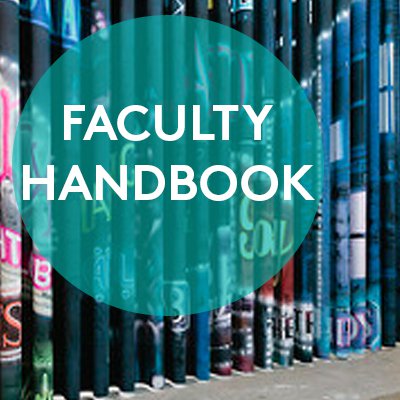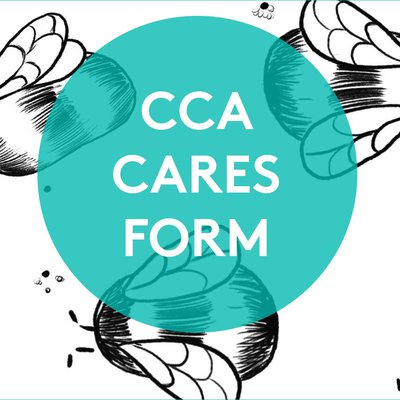Imminent Danger Protocol
Academic Affairs Protocol for Students in Imminent Danger
This page outlines what faculty should do when a student poses an imminent threat to the safety of self and others.
If you think an imminent danger exists, but you're not sure, enact the protocol and let trained professionals decide.
ALWAYS enact the protocol in the following cases:
- When a weapon is involved.
- When there is risk of bodily injury to self, others, or the community at large.
- When suicide, homicide, or assault has been attempted, or when it is threatened, and there appears to be a plan to carry out that threat.
- When a student’s current altered state of consciousness compromises his/her capacity to function and affects his/her basic care of self or others to the point that death, bodily injury, or physical debilitation may result.
Such a state might result from psychosis, severe anxiety or panic attack, severe catatonic state of depression, or drug or alcohol abuse/intoxication in which the person seems out of control.
In any of the above cases whether or not the student is cooperative. It may be necessary to call for help even if the student disagrees.
On the other hand, do not assume that because a student complies with directions to some degree that the student is not at risk; evaluation may be necessary.
Calling for help for a student does not mean you are hospitalizing that student. You are calling professionals who evaluate people in crisis. If necessary, they will make the call to take the student to a hospital for further care.
Unless indicated otherwise, follow this protocol regardless of the following: on or off-campus incident, work or non-work hours, residential or nonresidential student, Oakland or San Francisco campuses.
I. Ensure your own safety
If you are in danger, IMMEDIATELY remove yourself if possible.
If the incident occurs in the presence of other students, excuse the other students and send them to Public Safety if appropriate.
If the current location is not safe for the potential victim(s) and it will not place/leave self or others at risk to do so, direct the potential victim(s) to a safe location.
Do not try to prevent the student in crisis from leaving or otherwise try to ameliorate the situation.
II. Call Emergency Numbers
Step 1
Call emergency dispatch by dialing 9-1-1.
- Dial 9-1-1 (from any landline)
- Dial 8-9-1-1 (from a campus phone)
- Call Oakland Police Department (via cell phone): Direct Access Emergency Number: 510.777.3211
- Call San Francisco Emergency Dispatch (via cell phone): 415.553.8090
NOTE: Dialing 9-1-1 from a cell phone eventually results in an emergency response, but all East Bay 9-1-1 cellular calls go through the California Highway Patrol in Vallejo, rather than direct to the local police. Similarly, 9-1-1 cellular calls on or near San Francisco highways also go through the California Highway Patrol in Vallejo.
Note: This may result in busy signals, additional time to share location information, and delayed forwarding to local police.
_____________
Step 2
ALWAYS notify Public Safety: 415.705-9510.
If you need their help to call 9-1-1 and Student Affairs, indicate so. Follow all directions issued by Public Safety staff.
Program the appropriate Public Safety and local emergency numbers into your cell phone.
_____________
Step 3
If necessary, Public Safety will contact the Senior Student Affairs Officer on call. As needed, they will contact the student's emergency contact(s) and other college offices, including:
Counseling Services
Residential Education
ISAP
Public Safety
III. Followup
Step 1
Carefully document any psychological emergency situations; review with your program chair as needed and forward to the responding Student Affairs vice president or associate vice president.
_____________
Step 2
Debrief and decompress. Assisting with an incident can be upsetting. Relax and try to remain calm as soon as the situation is contained.
_____________
Step 3
For ongoing support and necessary updates, contact your divisional director. Student Affairs will take any necessary steps to separate the at-risk student from campus, contact family, etc., and support affected students.
In the unlikely event an incident occurs in the presence of other students, your divisional director can guide you on what to say to them once class resumes. Unless the campus receives a directive from Public Safety, classes should not be cancelled without the associate provost’s approval.
_____________
Step 4
If CCA community members contact you for updates, refer faculty with questions to your divisional director; similarly refer staff with questions to their supervisors.
If a faculty member’s psychological crisis leads to imminent danger, follow the protocol above and also call Provost Tammy Rae Carland, 510.594.3649.
If a staff member’s psychological crisis leads to imminent danger, follow the protocol above and also call Associate Vice President for Human Resources Maira Lazdins, 510.594.3705 or 415.551.9267.


